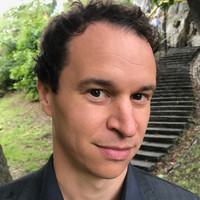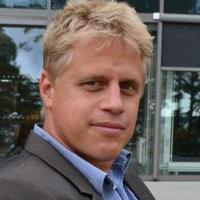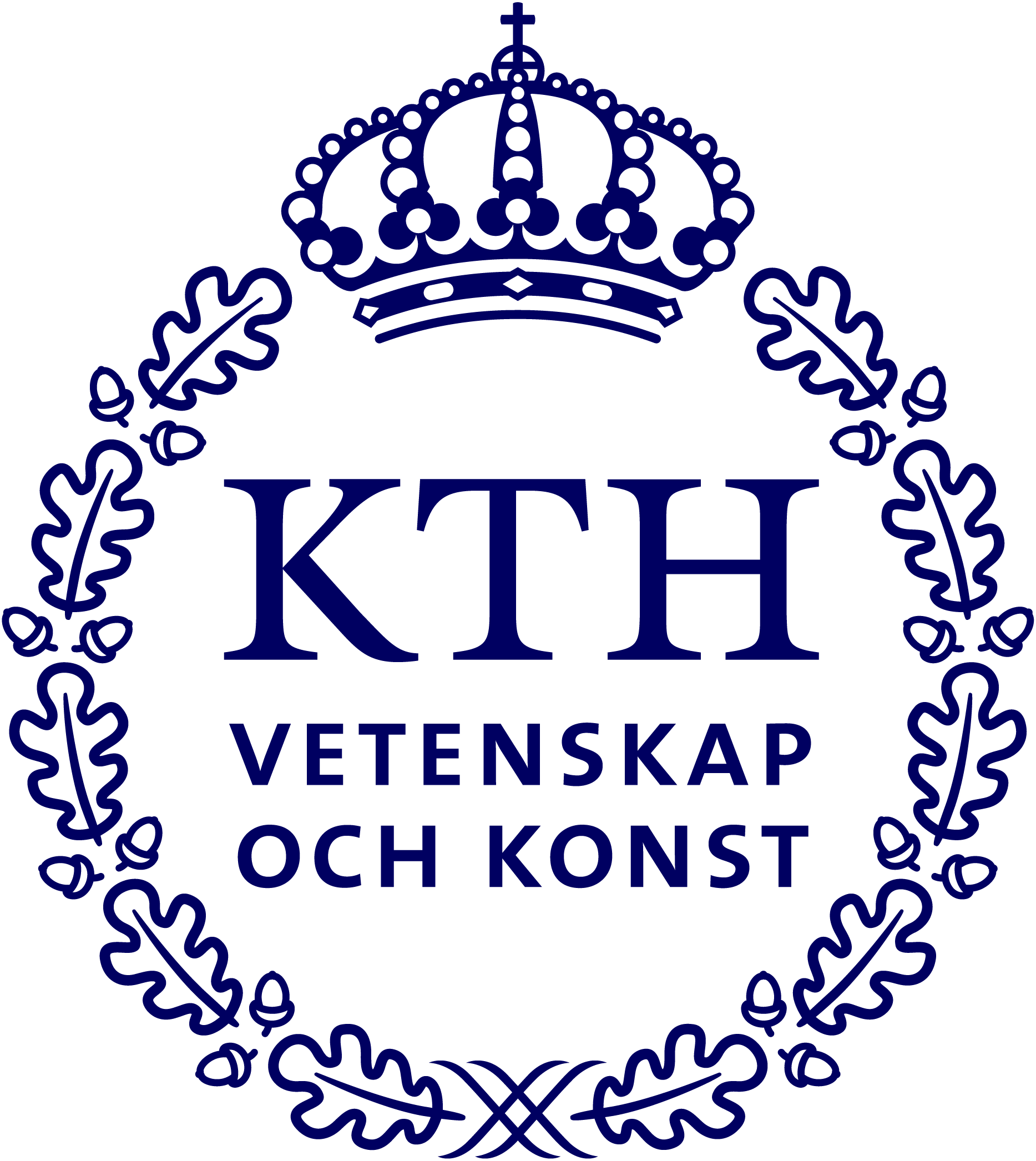
GEO-based Multi-layer Environmental Modelling of Urban TRaffIC (GEOMETRIC)
Objective
The vision of the proposed project is to establish a framework for dynamically optimized traffic control with a view to reduce the negative impact associated with the transport system in dense urban areas, including congestion, pollutants and noise emissions. For this purpose, the research will consist of assembling a sensor network in Stockholm collecting and processing traffic and emission data. The data will feed a set of advanced modelling tools in order to develop multilayer visualisation and simulation models.
Background
With an estimated 55% of the world’s population residing in urban environments, with projections reaching 68% by 2050, exposure to high noise levels and other environmental factors, such as air pollution, is a growing concern. In this context, the concept of smart cities has emerged to respond to the challenge of quality of living and sustainable development of these urban environments. In particular, the digitalization of society provides an opportunity to assess the exposure to these environmental stressors better to identify root causes for which targeted mitigation strategies may be specifically implemented. This may be even more so when approaching near real-time capability, opening the way for dynamic solutions.
The GEOMETRIC project seeks to contribute to this need by implementing and demonstrating recent state-of-the-art research aiming at real-time representation of traffic and associated environmental stressors in dense urban environments.
Crossdisciplinary collaboration
GEOMETRIC is a collaboration between the City of Stockholm, Kista Science City, and three research teams at KTH with expertise in Sound and Vibration, Connected transport systems, and Geoinformatics.
Watch the recorded presentation at the Digitalize in Stockholm 2023 event:
Contacts

Romain Rumpler
Associate Professor in Engineering Acoustics, Marcus Wallenberg Laboratory for Sound and Vibration Research (MWL) at KTH SCI School, PI of project GEOMETRIC: GEO-based Multi-layer Environmental Modelling of Urban TRaffIC, Co-PI of project DIRAC: DynamIc uRban roAd traffiC noise simulation model using passive and publicly available data
+46 73 461 24 97rumpler@kth.se

Jonas Mårtensson
Associate Professor, Division of Decision and Control Systems at KTH, Vice Chair Working group Smart Society, Co-PI: ChEss Machines For ElectriFiEd Construction SiTes (EFFECT), Co-PI: GEO-based Multi-layer Environmental Modelling of Urban TRaffIC (GEOMETRIC), Co-PI: Investigating Sidewalks’ Mobility and Improving it with Robots (ISMIR), Digital Futures Faculty
+46 70 190 97 98jonas1@kth.se

Gyözö Gidofalvi
Associate Professor at KTH, PI: ChEss Machines For ElectriFiEd Construction SiTes (EFFECT), Co-PI: GEO-based Multi-layer Environmental Modelling of Urban TraffIC (GEOMETRIC), Co-PI: Learning in Routing Games for Sustainable Electromobility, Digital Futures Faculty
+46 8 790 70 21gyozo@kth.se

Anders Broberg
Senior Advisor Smart City for the City of Stockholm, S:t Erik Kommunikation AB
anders.broberg@sterikkom.se



